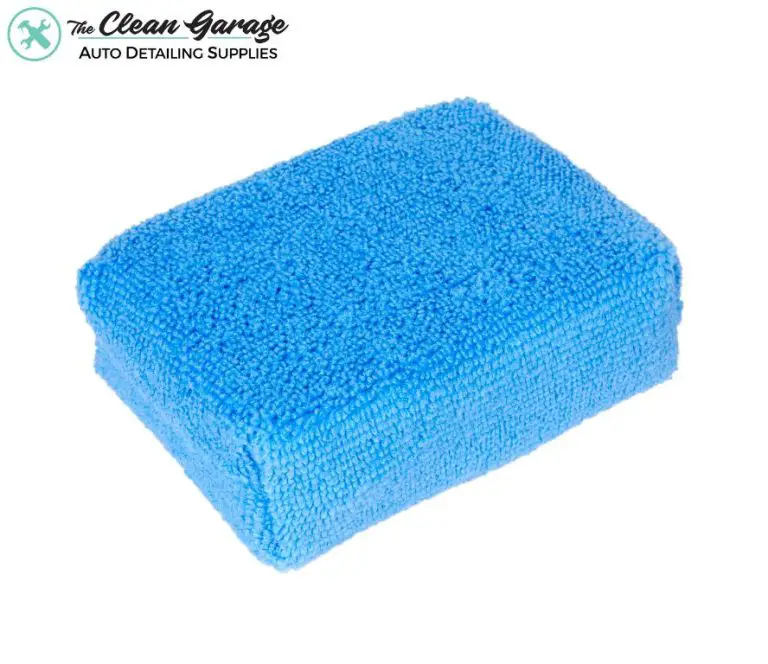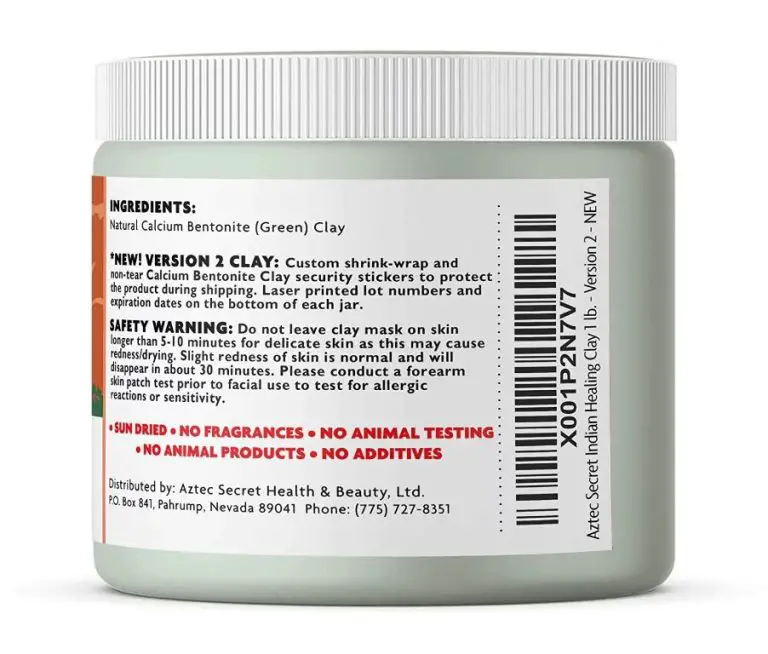Is Modeling Clay Toxic To Dogs?
It’s a common sight that many dog owners know well: your pooch suddenly develops an obsession with a strange new object and begins chewing on it relentlessly. For creative pups, modeling clay can be an unexpectedly tempting chew toy. Its bright colors and malleable texture seem irresistible.
But is modeling clay safe for dogs to ingest, or could it potentially harm your four-legged friend? This is an important question for any doting dog owner. After all, we want to nurture our pets’ creativity and curiosity without putting their health at risk.
In this article, we’ll explore the ingredients commonly found in modeling clay and analyze their toxicity levels. We’ll also outline the symptoms of clay poisoning in dogs, as well as long-term risks. Finally, we’ll offer tips on choosing dog-safe clay and what to do if accidental ingestion occurs.
Background on Modeling Clay Ingredients
Modeling clay is generally made from a few simple, non-toxic ingredients like flour, salt, and water. Here’s an overview of the main components:
Flour – Usually wheat or corn flour. This acts as a binder to help the clay hold its shape. Flour dust can cause breathing issues if inhaled, but generally isn’t toxic if eaten.
Salt – Table salt or other powdered salts. Helps harden the clay when baked/air-dried. Large amounts of salt can cause stomach upset in dogs, but not in the trace amounts found in clay.
Water – Hydrates the clay mixture so it can be molded. Plain water is non-toxic.
So the main ingredients themselves are not inherently dangerous. But other additives can sometimes cause toxicity issues, which we’ll explore next.
Main Ingredients of Concern
The two main ingredients in modeling clay that can be toxic to dogs are polymer clays containing polyvinyl chloride (PVC) and soap-based modeling clays containing chlorine.
Polyvinyl chloride, commonly known as PVC, is a plastic polymer frequently used in children’s toy modeling clays for its flexible and moldable properties. However, PVC contains phthalates, which help keep the material soft and pliable. Phthalates like DEHP and DBP can be toxic if ingested, especially for puppies. Additionally, PVC decomposes into hydrochloric acid when chewed and swallowed, causing chemical burns.
Soap-based clays use chlorine bleach in the manufacturing process, leaving behind sodium hydrochloride. Consuming sodium hydrochloride can irritate a dog’s gastrointestinal tract. The chlorine itself can also be problematic. While small ingestions may only cause mild stomach upset, larger amounts can lead to drooling, vomiting, and even liver or kidney damage.
How Dogs Process Toxins
Dogs have a tendency to chew on toys and other non-food items, which means they are prone to accidentally ingesting toxins. Their digestive systems are built to handle bones, scraps and other odd things, making them less sensitive to toxins than cats or birds. However, some substances are still dangerous.
When a dog eats something toxic, it first passes through the mouth and esophagus into the stomach. There, acids and enzymes start breaking it down. The partially digested material moves into the small intestine, where nutrients are absorbed into the bloodstream. Leftovers pass into the large intestine and are eliminated as feces.
If the toxin isn’t filtered out along the way, it can be absorbed into the bloodstream and cause damage. The kidneys, liver and other organs try to filter out toxins, but they can become overwhelmed. Dogs also lack certain enzymes that help metabolize toxins.
So while dogs have some natural defenses, their curious chewing habits make them susceptible to poisoning. Owners should keep hazardous items out of reach and monitor their pets closely. Prompt veterinary treatment can protect against serious harm in many cases.
Mild Symptoms of Clay Toxicity
If a dog ingests a small amount of modeling clay, it may experience mild symptoms like an upset stomach, vomiting, and diarrhea. These symptoms are usually temporary and resolve on their own as the clay passes through the dog’s digestive system. An upset stomach from clay may cause a dog to seem lethargic, nauseous, or uncomfortable. Vomiting and diarrhea help flush out the clay but can also lead to dehydration if prolonged. Dogs may vomit within the first 2 hours of ingesting clay. Diarrhea may follow within 24 hours as the clay travels through the intestinal tract. These mild symptoms are the body’s way of expelling the foreign substance. While uncomfortable for a short time, they generally do not pose serious risks. However, pet owners should monitor their dog closely for signs of dehydration and consult their vet if symptoms persist beyond 24 hours.
Severe Symptoms
While mild symptoms from clay ingestion may subside on their own, severe symptoms require immediate veterinary attention. Some of the most serious effects of a dog eating modeling clay include gastrointestinal obstruction, dehydration, and pancreatitis.
If a large amount of clay is consumed, it can cause a blockage or obstruction in the gastrointestinal tract. The clay can harden into a solid mass and prevent the dog from passing stools normally. This is an emergency situation, as the blockage can cut off blood flow or even perforate the intestines. Dogs with a GI obstruction will show symptoms like vomiting, diarrhea, loss of appetite, and abdominal pain.
Clay ingestion can also lead to dehydration if the clay absorbs liquid in the digestive system before the dog can absorb it. Dehydration occurs when the dog loses more fluid than it takes in. Symptoms of dehydration include lethargy, dry gums, sunken eyes, and rapid heart rate. Dehydration makes dogs prone to other health issues and can even be fatal if left untreated.
In some cases, ingesting clay may inflame the pancreas, causing potentially life-threatening pancreatitis. This condition is marked by vomiting, abdominal pain, diarrhea, dehydration, fever, and even seizures or coma in severe situations. Pancreatitis requires intensive veterinary treatment like IV fluids and anti-nausea medication.
If a dog shows any signs of GI obstruction, dehydration, or pancreatitis after eating clay, take them to the vet right away. These conditions can worsen rapidly and delaying treatment could be fatal. Immediate vet care greatly improves the chances of recovery.
Long-Term Dangers
Ingesting clay regularly or in large quantities can cause significant long-term health issues in dogs. The main concerns are potential liver and kidney damage. Certain ingredients in modeling clays have been linked to organ toxicity over time. As the liver and kidneys work to filter out toxins, chronic exposure can overwhelm these organs and impair their functioning.
Clay toxins may also have carcinogenic effects if consumed repeatedly. While direct evidence is limited, some ingredients in modeling clays are suspected carcinogens. Long-term ingestion could potentially increase cancer risk, especially for cancers of the GI tract, liver, and kidneys.
Veterinary studies have shown that dogs consuming clay routinely can experience liver enzymes elevations, mineral imbalances, and other bloodwork abnormalities indicating organ stress. If your dog has easy access to clay, it’s important to monitor their health closely with regular checkups and bloodwork screens. Don’t assume clay is harmless just because initial symptoms seem mild.
Safest Clays for Dogs
When selecting modeling clay for use around dogs, natural clay varieties tend to be safer options. Clays derived from natural earth minerals contain fewer artificial chemicals and added dyes or scents. Two specific safe modeling clay options for dogs include:
Saline/Salt Doughs – These clays are made by mixing flour, salt, and water. The ingredients are all food-grade and non-toxic. Salt dough is very pliable and fun to sculpt. Just be aware that the salty taste may entice dogs to eat it. Store salt dough sculptures out of reach once dried.
Natural Clay – Clays made from minerals like kaolin or bentonite do not contain toxic ingredients. Look for natural clay that is free of any dyes, fragrances, or powders. Natural clay still carries a risk of intestinal blockage if ingested, so supervision is key.
Opt for clays with all-natural ingredients and minimal added chemicals. Read ingredient labels closely and look up any unfamiliar additives. While no clay is totally inert, natural options greatly reduce the toxicity risks for dogs.
What to Do if Your Dog Eats Clay
If you see your dog has gotten into some modeling clay, the first thing you should do is try to identify how much they ingested. Look around the area they had access to and see if you can find any leftover pieces to get an estimate of the amount. If it seems to be a substantial quantity, you’ll want to take action right away.
Start by calling your veterinarian, especially if it was a toxins-heavy polymer clay. Describe what type of modeling clay it was and approximately how much they ate. The vet can help determine if it’s serious enough to induce vomiting or if you should just monitor them closely over the next 24 hours.
If the vet advises inducing vomiting, use 3% hydrogen peroxide. Give 1 teaspoon per 10 pounds of body weight, and administer it with a turkey baster or syringe to make sure they swallow it. This should cause vomiting within 10-15 minutes if it’s going to be effective. Especially with heavy or dense clay, vomiting is the best way to quickly eliminate it before digestive absorption.
Regardless of if you induce vomiting or not, monitor your dog very closely over the next day. Look for symptoms like vomiting, diarrhea, lethargy, or lack of appetite. Contact your vet again if you notice anything abnormal. Providing early supportive care maximizes the chances of a full recovery when a dog ingests a toxic substance like modeling clay.
Conclusion
Most modeling clays do not pose an immediate danger to dogs if only a small amount is ingested. However, some ingredients like polymers and solvents can cause gastrointestinal upset, organ damage, and other health issues for dogs over time and with repeated exposure. While some brands market their clay as non-toxic, it is still wise to keep clay out of reach from curious canines to avoid any complications. If you suspect your dog has eaten clay, monitor them closely for any concerning symptoms and speak with your veterinarian. The safest approach is to provide dog-safe play doughs and modeling materials for your pet. With some care and precaution, artists can enjoy clay crafts without putting their furry companions at risk.





